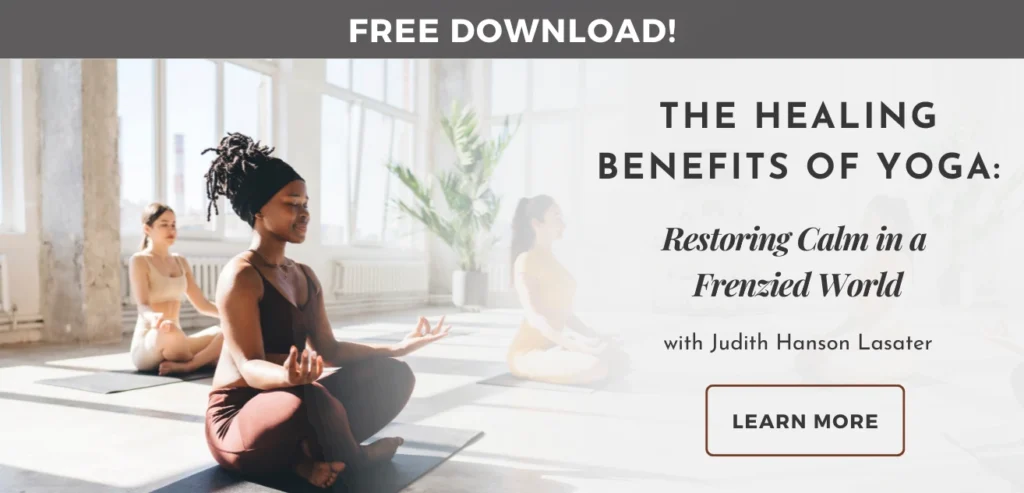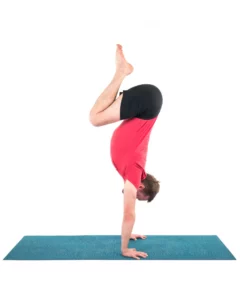Yoga for Beginners: Develop Your Breath to Transform Your Asana Practice

I was chatting to someone recently and she commented to me, “I’ve been to all these yoga classes, but I’m just not clear about the breathing.”
So I wanted to write this article in order to give you a few simple guidelines about breathing in yoga.
What Happens Anatomically When We Breathe?

First of all, let’s start with a quick review of what happens when we breathe.
– The diaphragm descends toward the abdomen
– The rib cage and lungs expand in all directions: up, sideways, and backward
When we exhale:
– The diaphragm rises
– The rib cage and lungs contract
– The abdomen contracts
How Breathing Applies to Yoga Poses
Generally speaking, there are four types of movement in yoga: forward bending, back bending, side bending, and twists.
Forward Bends & Twists

Forward bending and twisting compress the abdomen, diaphragm, and lower rib cage, so these are often practiced on an exhale.
Side Bends and the Breath

Side bending compresses one side of the abdomen and lower rib cage, but expands the other side. Generally, we practice side bending on an exhale, but it can also be practiced on an inhale, depending on the intention.
Back Bends and the breath

Back bending causes the abdomen to elongate and the ribcage to expand, so generally, we backbend on an inhale. However, when the abdomen expands it can also reduce our core stability, which might lead to more strain or pinching in the lower back. So for a more protected and stable backbend, try back bending on or at the end of an exhale while focusing on contracting your core muscles.
So, with these basics in mind, we can figure out how to breathe in almost any pose.
For example, Utanasana is a forward bend, so we often practice it on an exhale. Conversely, coming back up from Uttanasana has the same effect as back bending (the rib cage expands), so we often practice this on an inhale. Triangle Pose is a side bend, so we would generally practice it on an exhale breath.
Of course, sometimes it gets a bit complicated. What about Headstand? Well, the way I think about it is that the preparation pose for Headstand is like an inverted forward bend, so coming up into Headstand is like coming up from Uttanasana – done on an inhale breath.
Remember that these are just guidelines – at the end of the day, you should always do what feels right!
Also, read...
Pranayama: Expand Your Life Energy
Nyasas: Turn Your Body into a Temple
Restorative Yoga: A Sequence to Build and Maintain Resilience
Related courses

Leah Sugerman is a yoga teacher, writer, and passionate world traveler. An eternally grateful student, she has trained in countless schools and traditions of the practice. She teaches a fusion of the styles she has studied with a strong emphasis on breath, alignment, and anatomical integrity. Leah teaches workshops, retreats, and trainings, both internationally and online. For more information, visit www.leahsugerman.com.



